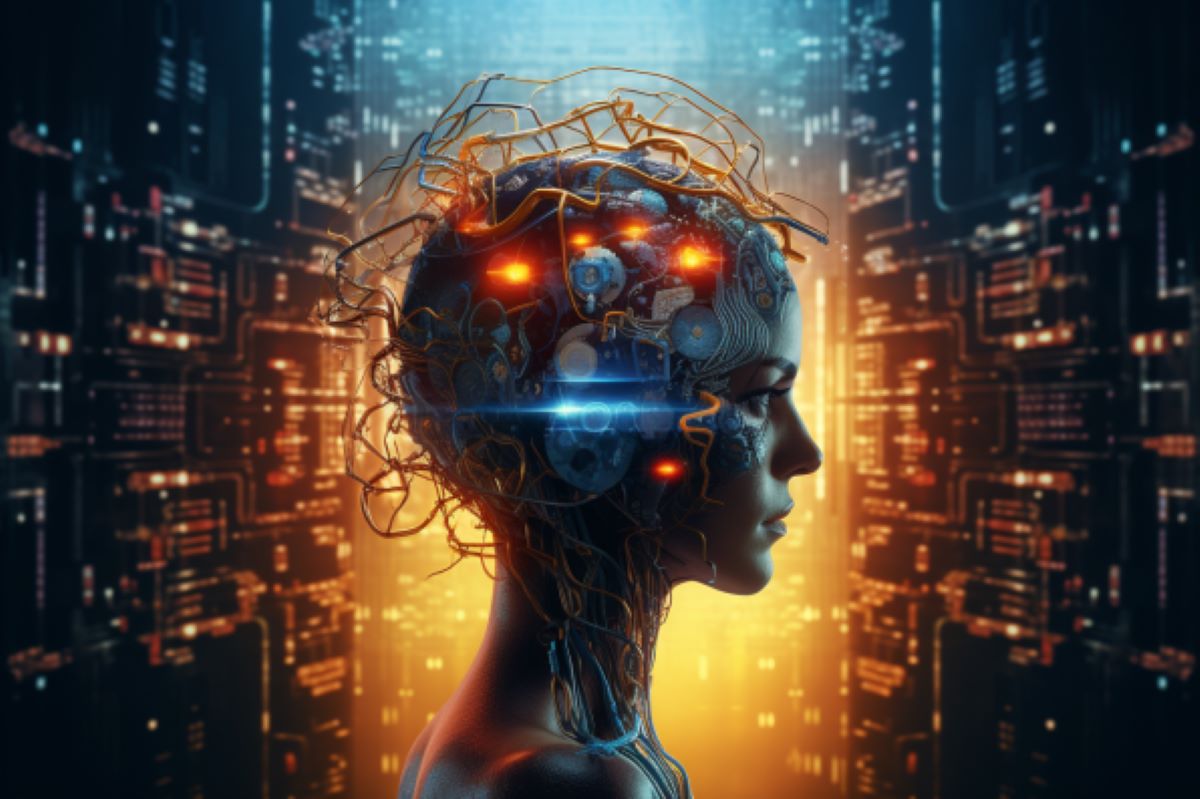Summary: Researchers have unearthed how human brains inherently perform calculations akin to high-powered computers through Bayesian inference, enabling precise, swift environmental interpretation. This statistical method melds prior knowledge and new evidence, permitting us to quickly and accurately discern our surroundings.
This study showcases how our brain’s visual system structure is innately designed to execute Bayesian inference on the sensory data it gathers. Such revelations promise breakthroughs in areas spanning from AI’s machine learning to novel therapeutic strategies in clinical neurology.
Key Facts:
- Human brains utilize Bayesian inference, a statistical method, to effectively combine prior knowledge with new data, interpreting the environment efficiently.
- The research indicates our brain’s visual system inherently possesses the structure and connections for performing Bayesian computations.
- This discovery is pivotal in fields ranging from artificial intelligence, where emulating these brain functions can transform machine learning, to innovative therapeutic avenues in neurology.
Source: University of Sydney
Scientists have confirmed that human brains are naturally wired to perform advanced calculations, much like a high-powered computer, to make sense of the world through a process known as Bayesian inference.
In a study published in the journal Nature Communications, researchers from the University of Sydney, University of Queensland and University of Cambridge developed a specific mathematical model that closely matches how human brains work when it comes to reading vision. The model contained everything needed to carry out Bayesian inference.
Bayesian inference is a statistical method that combines prior knowledge with new evidence to make intelligent guesswork. For example, if you know what a dog looks like and you see a furry animal with four legs, you might use your prior knowledge to guess it’s a dog.

This inherent capability enables people to interpret the environment with extraordinary precision and speed, unlike machines that can be bested by simple CAPTCHA security measures when prompted to identify fire hydrants in a panel of images.
The study’s senior investigator Dr Reuben Rideaux, from the University of Sydney’s School of Psychology, said: “Despite the conceptual appeal and explanatory power of the Bayesian approach, how the brain calculates probabilities is largely mysterious.”
“Our new study sheds light on this mystery. We discovered that the basic structure and connections within our brain’s visual system are set up in a way that allows it to perform Bayesian inference on the sensory data it receives.
“What makes this finding significant is the confirmation that our brains have an inherent design that allows this advanced form of processing, enabling us to interpret our surroundings more effectively.”
The study’s findings not only confirm existing theories about the brain’s use of Bayesian-like inference but open doors to new research and innovation, where the brain’s natural ability for Bayesian inference can be harnessed for practical applications that benefit society.
“Our research, while primarily focussed on visual perception, holds broader implications across the spectrum of neuroscience and psychology,” Dr Rideaux said.
“By understanding the fundamental mechanisms that the brain uses to process and interpret sensory data, we can pave the way for advancements in fields ranging from artificial intelligence, where mimicking such brain functions can revolutionise machine learning, to clinical neurology, potentially offering new strategies for therapeutic interventions in the future.”
The research team, led by Dr William Harrison, made the discovery by recording brain activity from volunteers while they passively viewed displays, engineered to elicit specific neural signals related to visual processing. They then devised mathematical models to compare a spectrum of competing hypotheses about how the human brain perceives vision.
About this neuroscience research news
Author: Philip Ritchie
Source: University of Sydney
Contact: Philip Ritchie – University of Sydney
Image: The image is credited to Neuroscience News
Original Research: Open access.
“Neural tuning instantiates prior expectations in the human visual system” by Reuben Rideaux et al. Nature Communications
Abstract
Neural tuning instantiates prior expectations in the human visual system
Perception is often modelled as a process of active inference, whereby prior expectations are combined with noisy sensory measurements to estimate the structure of the world. This mathematical framework has proven critical to understanding perception, cognition, motor control, and social interaction.
While theoretical work has shown how priors can be computed from environmental statistics, their neural instantiation could be realised through multiple competing encoding schemes.
Using a data-driven approach, here we extract the brain’s representation of visual orientation and compare this with simulations from different sensory coding schemes. We found that the tuning of the human visual system is highly conditional on stimulus-specific variations in a way that is not predicted by previous proposals.
We further show that the adopted encoding scheme effectively embeds an environmental prior for natural image statistics within the sensory measurement, providing the functional architecture necessary for optimal inference in the earliest stages of cortical processing.






